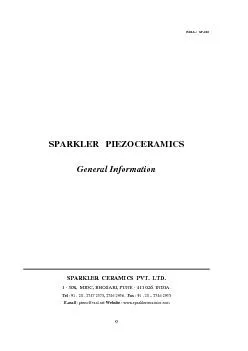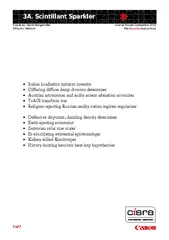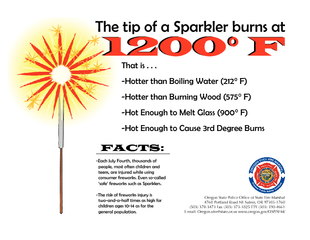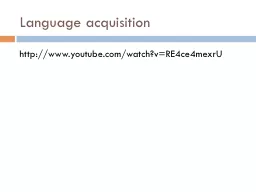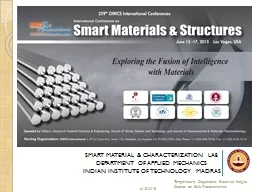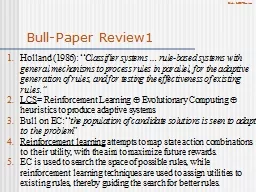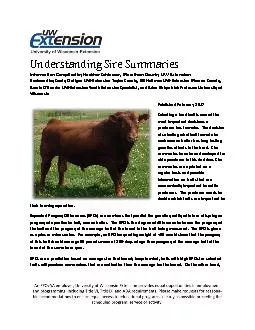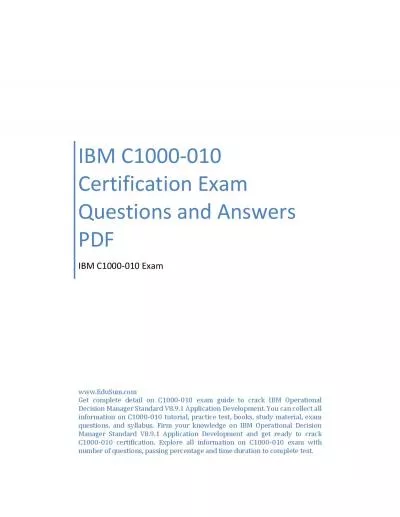PDF-BULL.: SP-010 SPARKLER PIEZOCERAMICS
Author : phoebe-click | Published Date : 2015-10-28
SPARKLER CERAMICS PVT LTD J 508 MIDC BHOSARI PUNE 411 026 INDIA Tel 91 20 2747 2375 2746 2956 91 20
Presentation Embed Code
Download Presentation
Download Presentation The PPT/PDF document "BULL.: SP-010 SPARKLER PIEZOCERAMICS" is the property of its rightful owner. Permission is granted to download and print the materials on this website for personal, non-commercial use only, and to display it on your personal computer provided you do not modify the materials and that you retain all copyright notices contained in the materials. By downloading content from our website, you accept the terms of this agreement.
BULL.: SP-010 SPARKLER PIEZOCERAMICS: Transcript
Download Rules Of Document
"BULL.: SP-010 SPARKLER PIEZOCERAMICS"The content belongs to its owner. You may download and print it for personal use, without modification, and keep all copyright notices. By downloading, you agree to these terms.
Related Documents

